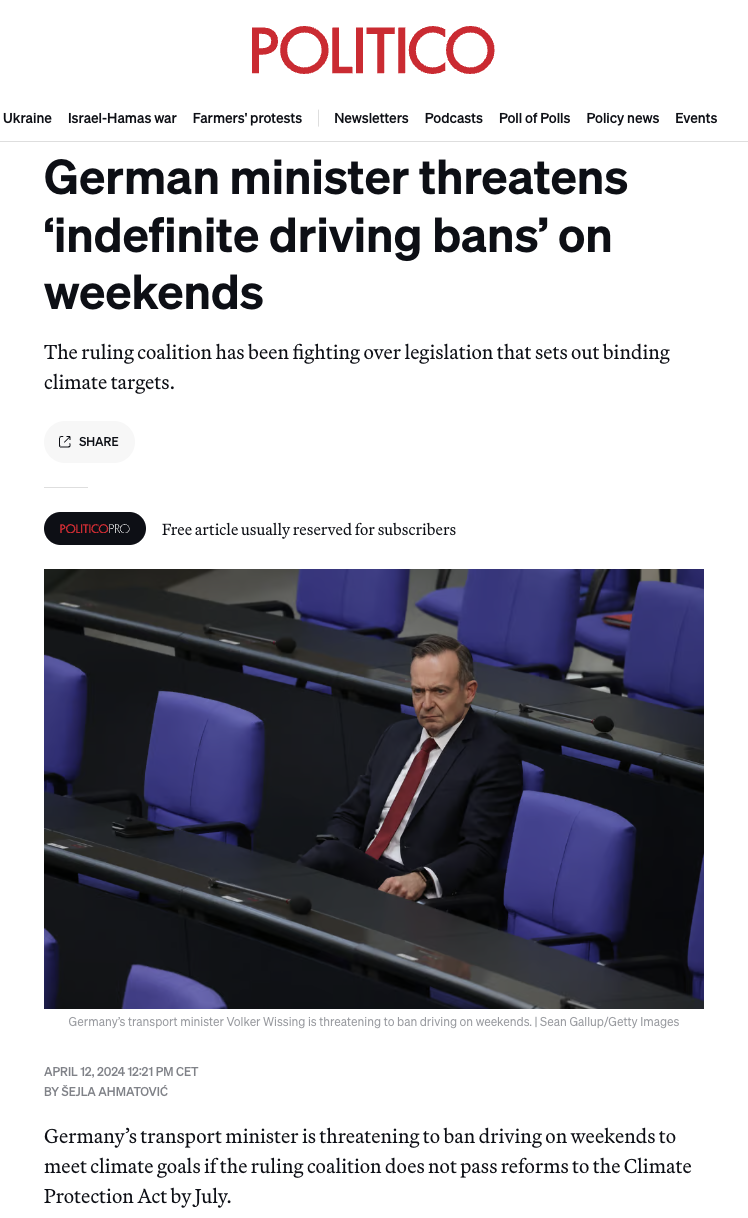By MICHAEL BASTASCH
It’s been 26 years since countries signed onto the United Nations Framework Convention on Climate Change with the goal of “stabilization” of emissions to prevent “dangerous” man-made global warming.
Every year since, diplomats have met at United Nations summits to, sometimes successfully, negotiate new treaties and agreements to cut greenhouse gas emissions. Most recently, nearly 200 nations signed onto the Paris climate accord.
The Paris accord went into effect in 2016, but after one year global emissions rose two percent, largely on economic activity in China.
The Washington Post reported on Tuesday that countries’ Paris accord commitments were “falling short.” The Post admitted, “The euphoria of Paris is colliding with the reality of the present.”
Also buried in WaPo’s story is the recognition that more than two decades have largely failed to meet the goals of the 1992 framework convention.
“More than two decades ago, the world agreed to stabilize greenhouse gas concentrations in our air to prevent dangerous climate outcomes,” Stanford University energy and climate expert Rob Jackson told WaPo. “To date, we have failed.”
The 1992 U.N. treaty called for “stabilization of greenhouse gas concentrations in the atmosphere at a level that would prevent dangerous anthropogenic interference with the climate system.”
However, from 1992 to 2017 global annual emissions rose from about 22 to 36.8 gigatons per year — a more than 67 percent increase. That’s despite additional U.N. climate treaties and domestic policies to reduce emissions.
…
“Twenty-five years of climate policy has made most of us a little poorer,” environmental economist Richard Tol told an audience gathered at the libertarian Cato Institute in 2015. Tol was also a lead author on the Intergovernmental Panel on Climate Change’s 2013 report.
Tol said that while climate policies made “some of us a little richer” through green energy subsidies, policies on the books have been more about “rewarding allies with rents and subsidies rather than emissions reduction.”
“CO2 intensity in the economy has come down,” said Tol, who teaches at the University of Sussex. “But you can’t really see a trend break in 1990. It just seems that the last 20 years were a continuation of the trends of the 20 years before.”
More recently, University of Colorado professor Roger Pielke Jr. gave a lecture in Tokyo where he pointed out that decades of “climate diplomacy” failed to move the needle on emissions. “Climate policy is insane,” Pielke said.
Echoing Tol, Pielke also pointed out how key measures of emissions — energy intensity and carbon intensity — seemed unaffected by climate policies.
So, what happened?
It turns out the U.N.’s future energy predictions were based on a “fudge factor” that made taking “action” on global warming look easier than it actually would be.
Pielke co-authored a 2008 study pointing out U.N. “decarbonization” estimates were grossly off base. Basically, the U.N. assumed economies would naturally “decarbonize” at a faster rate than historically occurred.
A recent study by University of Oxford researchers reaffirmed Pielke’s concerns. They found emissions intensity “rose in the first part of the 21st century despite all major climate projections foreseeing a decline.”


